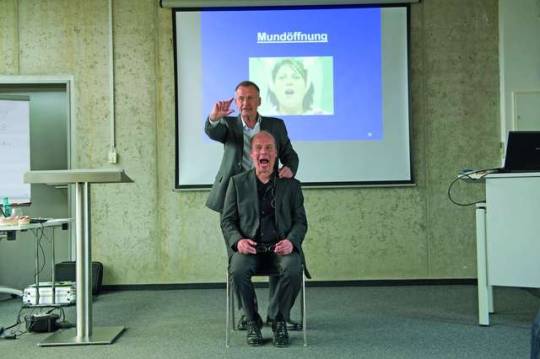#thomas mormann
Explore tagged Tumblr posts
Text
A philosophically satisfying account has to take into consideration the historical fact that the “great revolution in rigor” in mathematical analysis, led by the German mathematicians Cantor, Dedekind, and Weierstrass (henceforth, CDW), took place when philosophy in Germany was dominated by various currents of neo-Kantian philosophy. Some of the neo-Kantian philosophers had a keen interest in science and mathematics. Indeed, the issue of the infinitesimal was vigorously debated in neo-Kantian quarters… Our main thesis is that the Marburg neo-Kantians elaborated a philosophically sophisticated approach towards the problems raised by the concepts of limits and infinitesimals. They neither clung to the obsolete traditional approach of logically and metaphysically dubious infinites- imals,1 nor whiggishly subscribed to the new orthodoxy of the “great triumvirate” (Cantor, Dedekind, Weierstrass) that insisted on the elimination of infinitesimals from any respectable mathematical discourse in favor of a new approach based on the epsilontic doctrine. Instead, the Marburg school developed a complex array of sophisticated, albeit not always crystal-clear, positions that sought to make sense of both infinitesimals and limit concepts. With the hindsight enabled by Robinson’s non-standard analysis, the Marburg stance seems wiser than that of Russell, Carnap, and Quine who unconditionally accepted the orthodox epsilontic doctrine, along with its simplistic philosophical ramifications stemming from a strawman characterisation of infinitesimals as a pseudo-concept.
Thomas Mormann and Mikhail G. Katz, “Infinitesimals as an Issue of Neo-Kantian Philosophy of Science”
8 notes
·
View notes
Photo

Trabajo interdisciplinar
Los pacientes que sufren disfunciones cráneo-mandibulares recorren un auténtico calvario antes de ver solucionado su problema. El primer obstáculo al que se enfrenta un dentista cuando se le presenta uno de esos pacientes es detectar la disfunción, que pasa desapercibida con cierta frecuencia.
Es por eso que lo primero que hace el Dr. Thomas Körner es observar la postura cuando el paciente entra en su visita. Una vez detectada la disfunción mediante un análisis clínico, se pone en marcha un trabajo interdisciplinar entre odontólogo, fisioterapeuta, ortodoncista o un psicoterapeuta.
En el artículo Disfunción cráneo-mandibular: tirar del hilo, publicado en Labor Dental Técnica, nº 1 de 2017, Wolfgang Weisser detalla el procedimiento que siguen para el diagnóstico y tratamiento el equipo formado por el Dr. Thomas Körner y el técnico de laboratorio Martin Mormann.
Visite nuestra web
0 notes
Text
In my dream I was attempting to analyze complex states of affairs involving an old man and a baby, using Thomas Mormann’s structural mereology.
6 notes
·
View notes